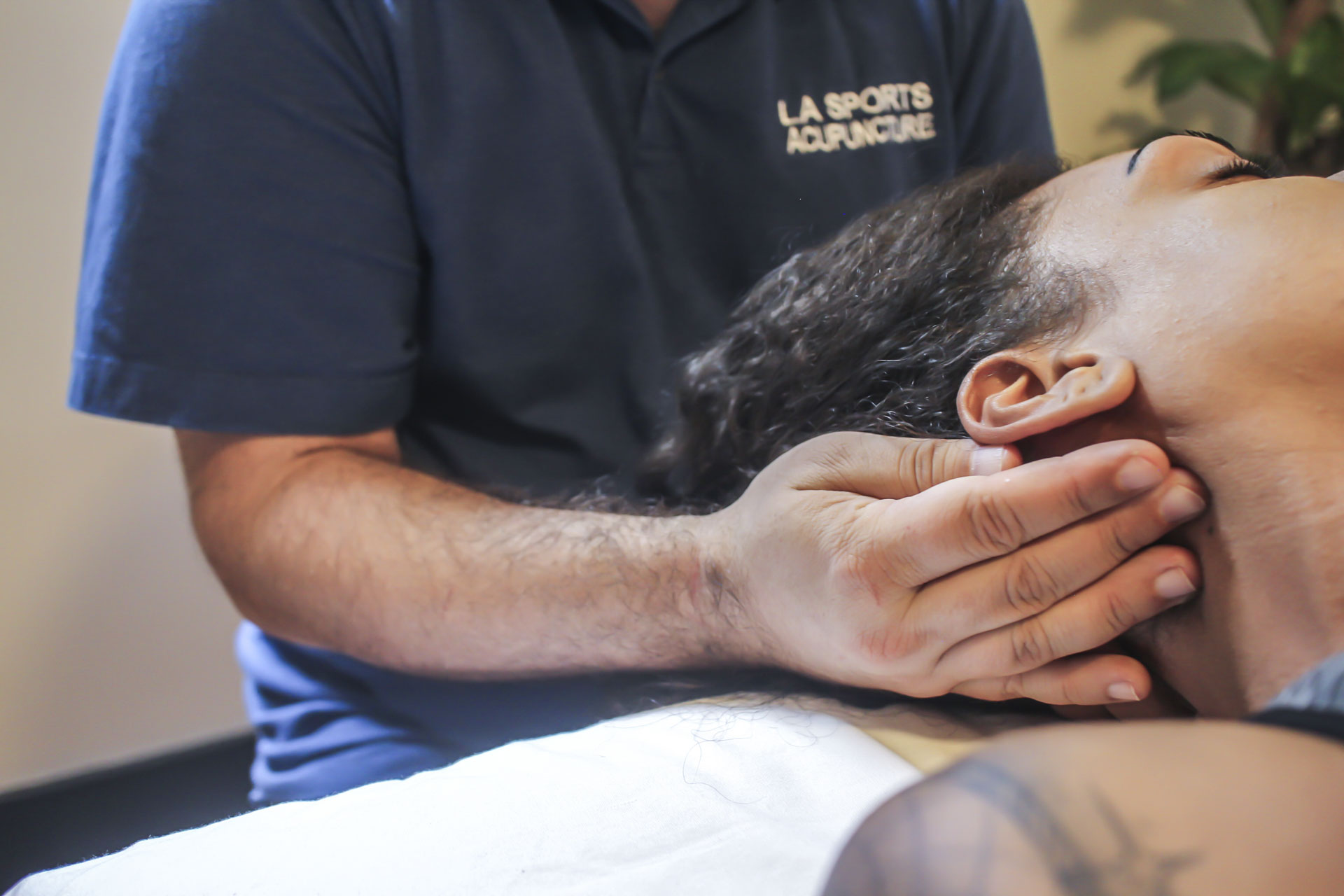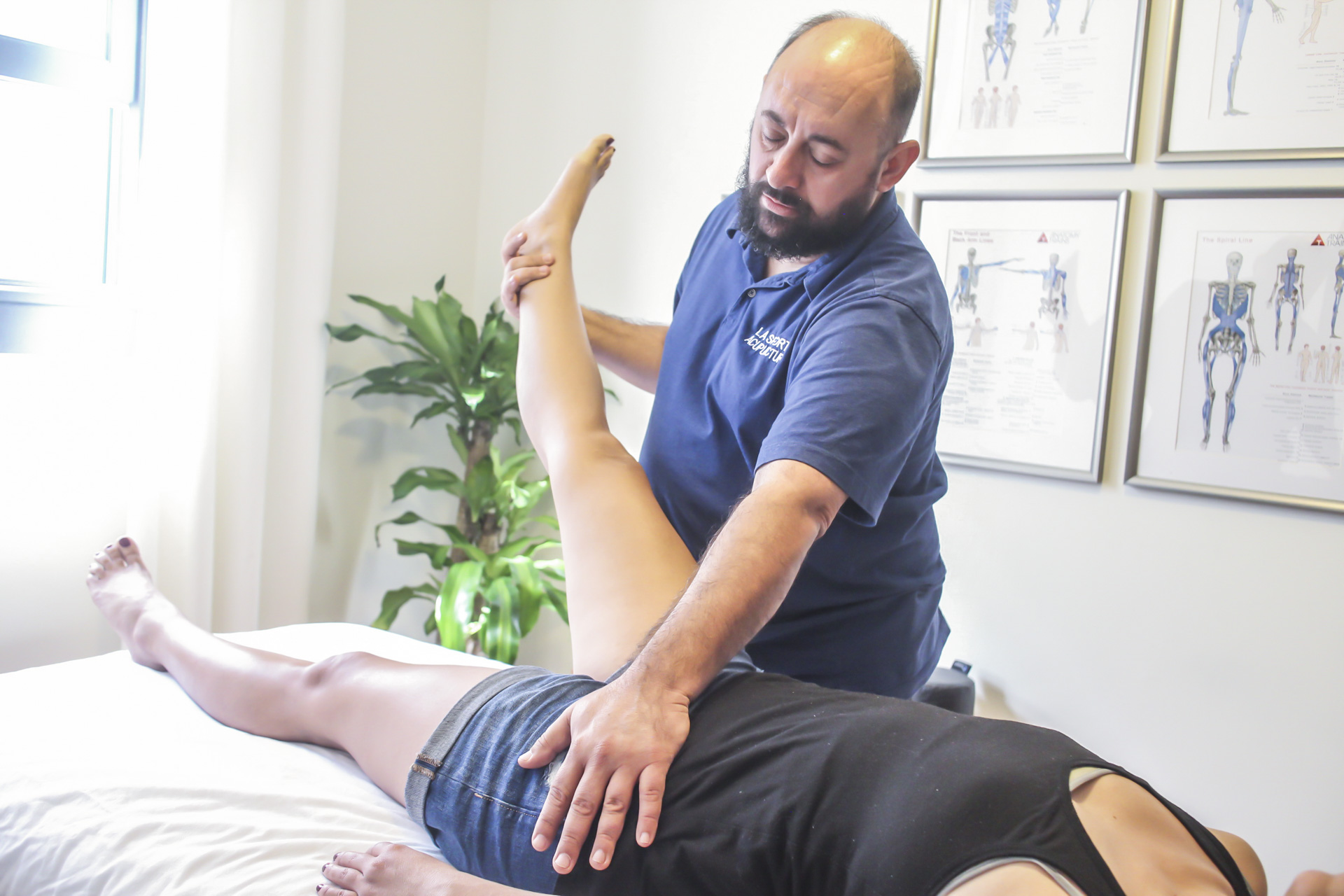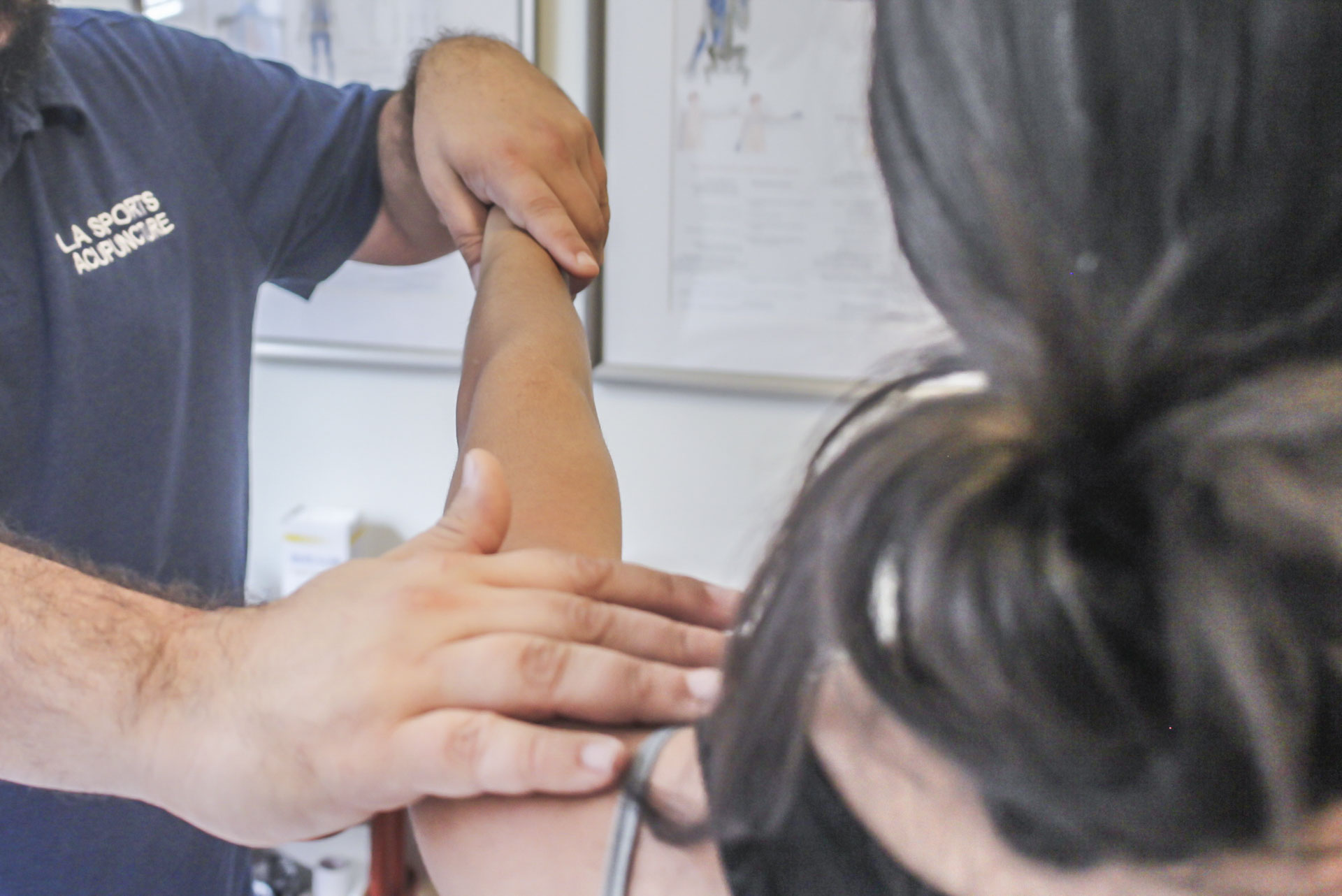The Brain Learns from Failure
The Missing Link
A lot of approaches to musculoskeletal pain only address the symptoms, without ever making any attempt to assess the true source of the problem. NeuroKinetic Therapy (NKT) uses a combination of manual muscle testing, releases, and muscle activation to determine dysfunctional pairings located throughout various tissues in the body and restore balance between them.
NKT: An Innovative Approach
In the 80’s, David Weinstock began incorporating motor control theory into his work using an understanding of how the brain controls movement based on a hierarchy of needs. He found with manual muscle testing, that muscles could be tested in relation to one another and the source of pain or motor dysfunction could be traced more reliably and repeatedly.
How It Works
If a movement or test cannot be performed, the brain’s motor control center (MCC) “lights up” and a window opens up for new learning. By stimulating the body to perform a “new” sequence of movements, faulty and old, dysfunctional movement patterns can be corrected.


A good example of this is a baby learning to stand. Through many attempts and failures, the baby finally achieves success. But how? The MCC chooses the most successful attempts until standing happens without thinking about it.
After an injury, the MCC adapts to a compensation pattern and holds that in its memory forever unless it is convinced to change. A good example is in whiplash, in which the muscles in the back of the neck brace for the muscles in the front. This pattern can endure forever unless there is some intervention.


NKT testing engages the weak muscles, causing them to fail, which opens the MCC to learning a new pattern. After balancing is performed, the MCC is effectively “reprogrammed.” Follow up exercises and treatment solidifies this “reprogramming.”

